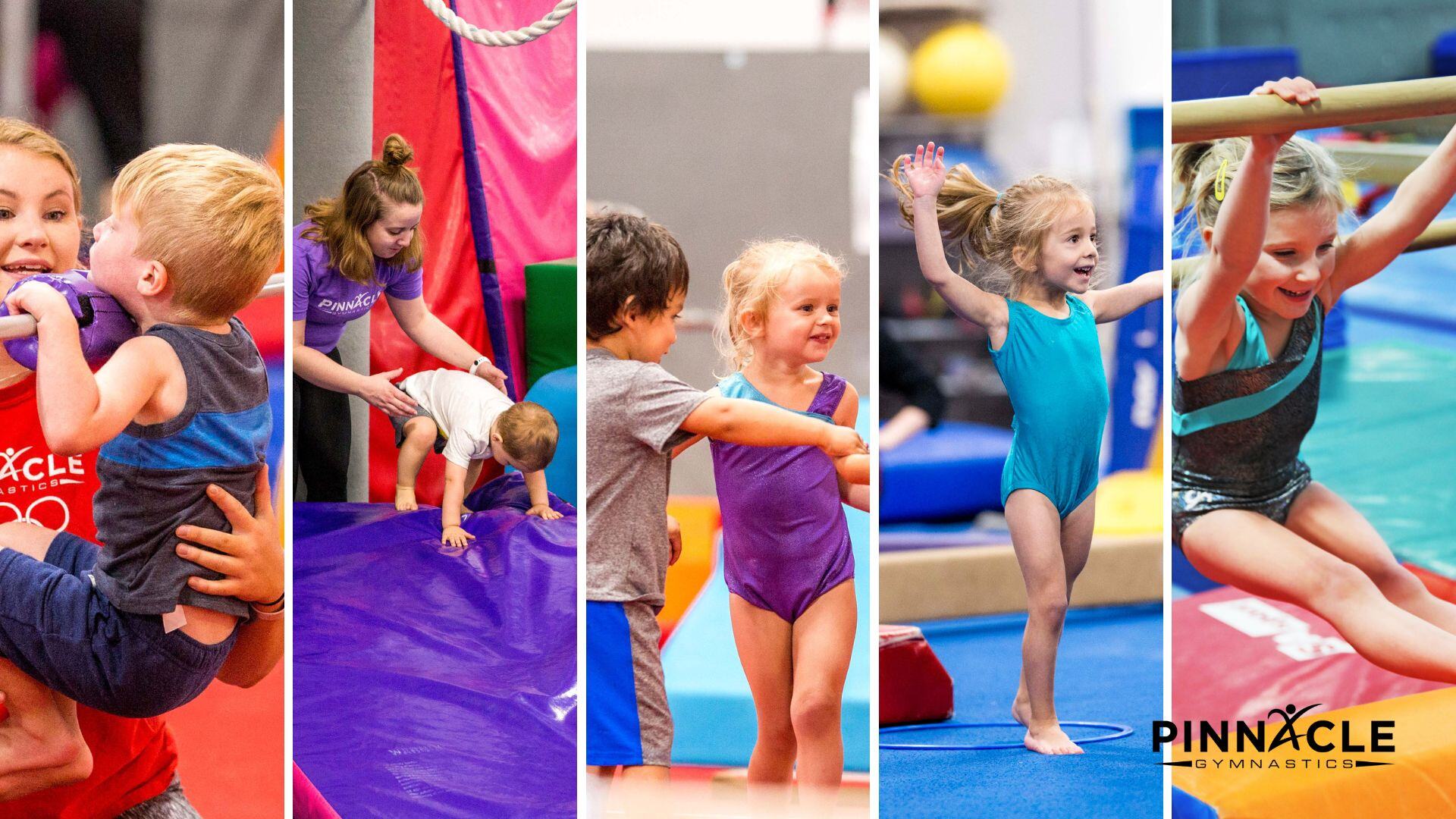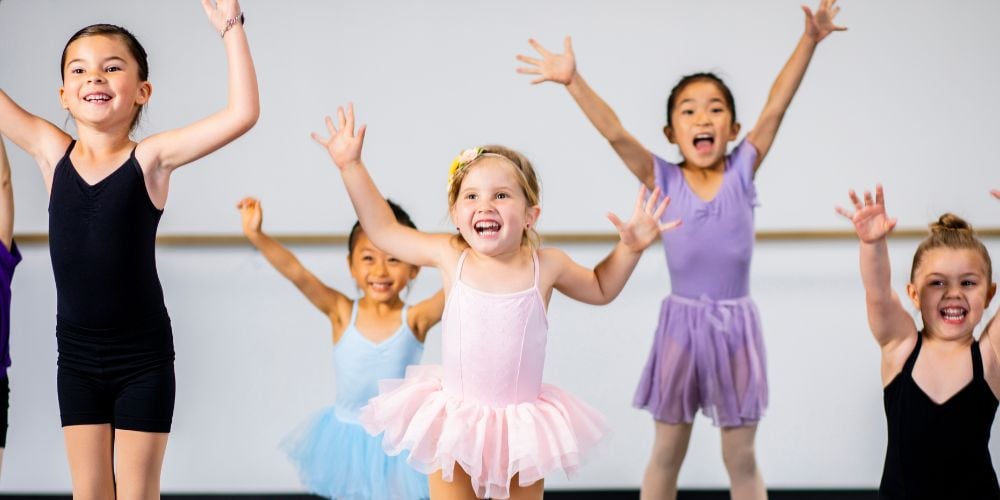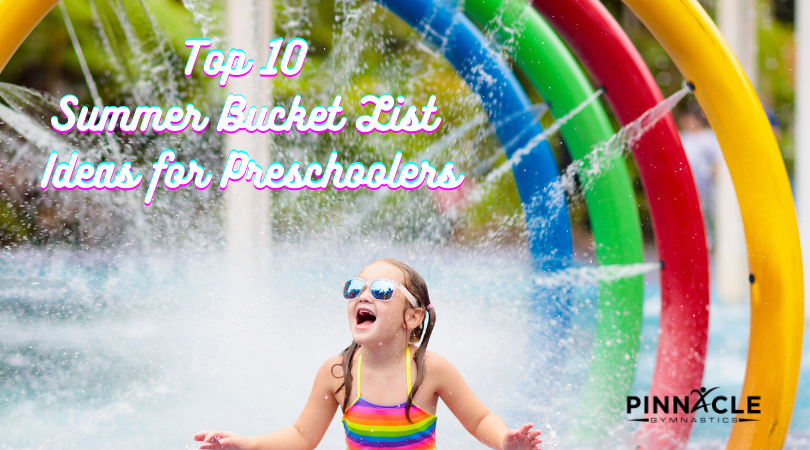Creating a Complete Child: Mindfulness for Preschoolers
Early childhood classrooms have continued to evolve over the last few years. Gone are the days of reciting letters and numbers, instead classrooms (like gym and learn) are switching to a strong, well rounded play based learning system. Right along with it, teachers are focusing on creating a complete child, teaching the children to balance, express, and respond to emotions. Mindfulness is quickly growing in popularity among preschool children, as a strong way to help regulate the emotional roller coaster most preschoolers seem to be on.
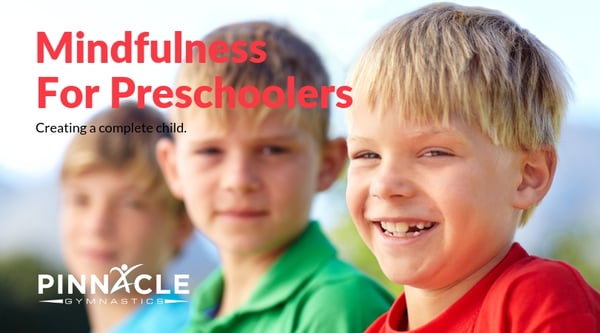
What is Mindfulness?
Mindfulness is defined as the practice of paying attention to your feelings and how your mind and body experience them in the present moment. Mindfulness can be a valuable tool to help children process feelings.
One of the great things about adding Mindfulness to the classroom, and at home, is that it can take on several different looks, which allow the teacher or parent to tailor the concept to their child. Many of the exercises can be named for things the children are interested in at the time, with minimal change needed.
Mindfulness is also an important for adults to practice and use during parenting. You can check out more information about Three Mindfulness Techniques You Can Use Right Now.
Five Different Mindfulness Methods
Here are five different mindfulness methods for your preschooler. Using a different method at different times will help your child learn to regulate their emotions in many different ways. Think of it like a tool box, many times different tools are needed for different jobs. It is the same for emotions. By giving your child different tools, you set them up for success.
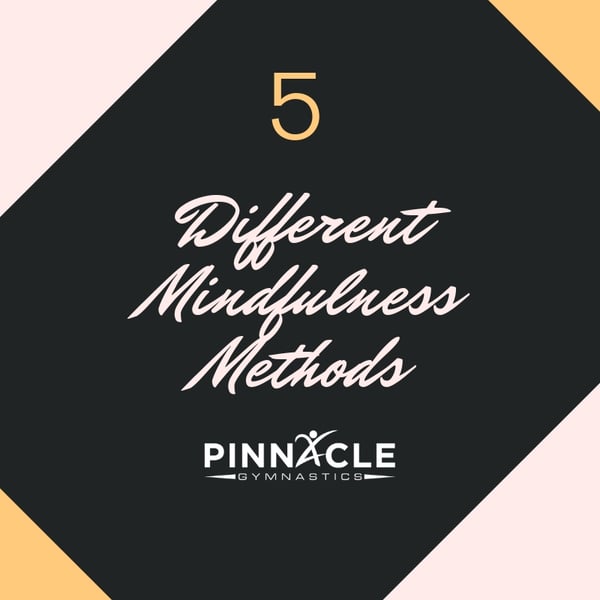
- Animal Yoga: The library is full of books with animal based yoga poses or you can check out several different YouTube channels. I often have the entire class participate at the same time, and we take a moment to visualize the animal as the pose is completed. Make sure you go slow, taking deep breaths during each pose.
- Straw Breathing: This one is perfect for a quick relax. Have the children take a deep breath, counting to 5 during the inhale. Then have them pretend to blow out a straw, counting to 8 as they blow out. This helps calm the mind and keep their body focused. Quick and easy, I use this to help children in the classroom calm down when upset so we can talk about it and solve the problem with a rational mind.
- Sound Walk: Need a little more movement when trying to add in mindfulness? Go on a sound walk. Have the children walk around, only focusing on the sounds they hear. There should be little to no talking, instead have the children try and remember what they heard to discuss at the end. This requires the mind to focus, allowing regulation of the stimuli around them.
- Meditation: Yes, even children can meditate. It is recommended that children meditate one minute per year (a five year old should meditate for five minutes per day). Usually at home, have children sit in a calm, quiet space and focus on their breathing. I will even challenge my children to listen to their breathing and see how slow they can make it. Meditation allows our mind to re-set, which is so important for emotional regulation.
- Visualization Challenges: Bring your child to a place of calm and peace by using visualization. Have the children sit with their eyes closed and start describing a place around them. Make sure it is a calm space, like a stream or garden. As you continue to describe, encourage children to add details to the image they are seeing. Make sure to direct their cues to be calm, positive images.
Mindfulness should be a moment of peace and happiness in your or your child's day. All of these tools are great for both your preschooler and you to practice. That way, the next time you find you and your child struggling with emotion (like an argument about what shirt to wear) you will both be able to step back, take a deep breath, and handle the situation in a way that both of you benefit. Mindfulness provides tools to last a life time.
Learn more:

